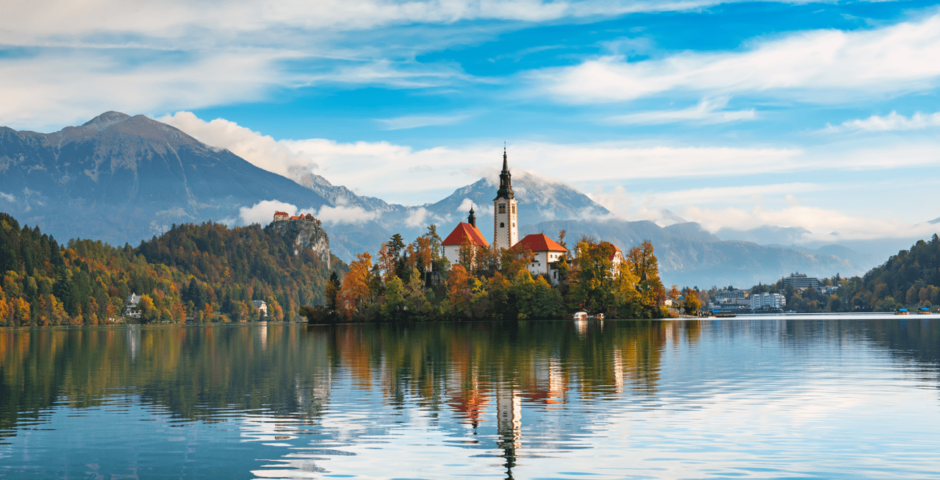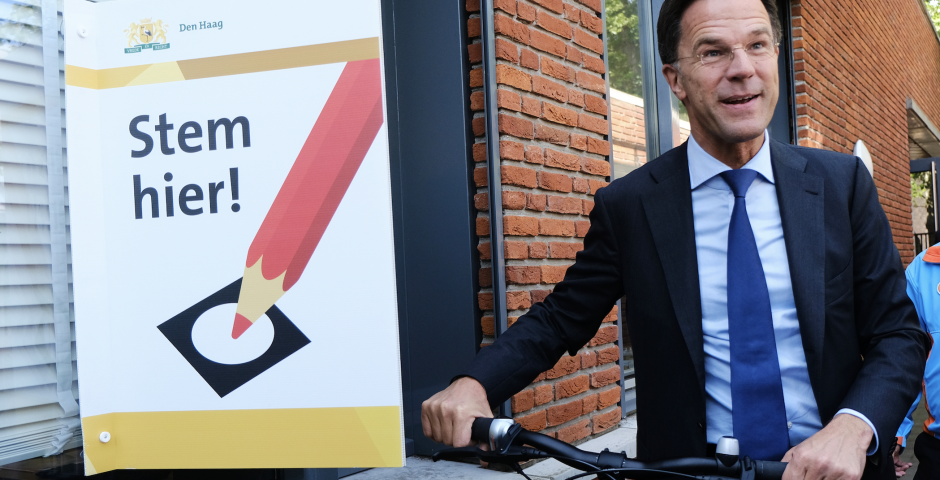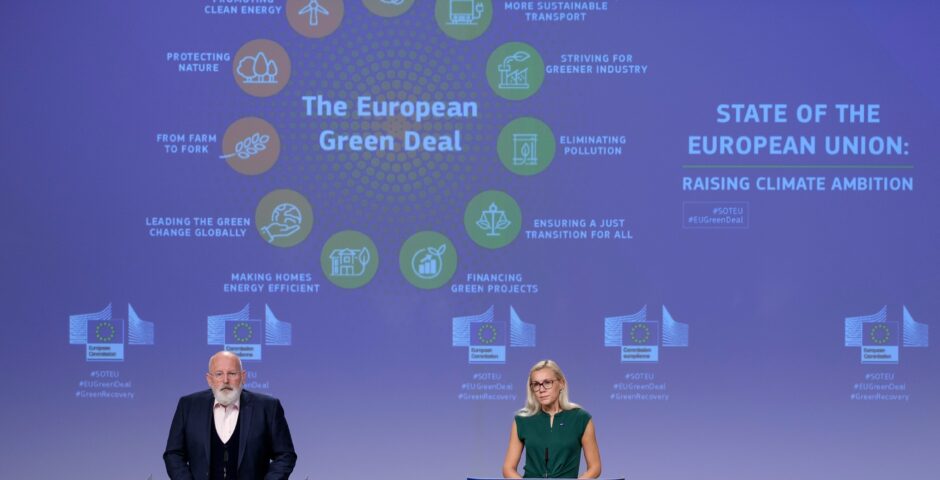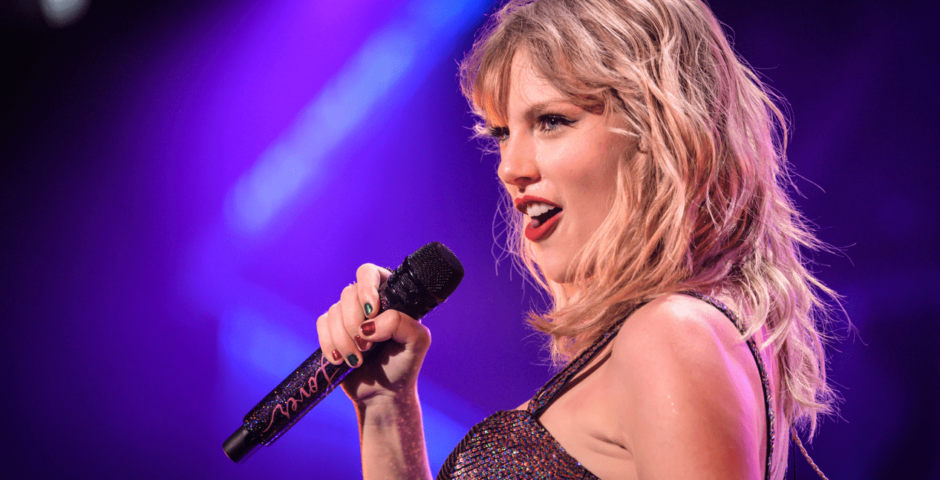The European Parliament elections: what can we expect?
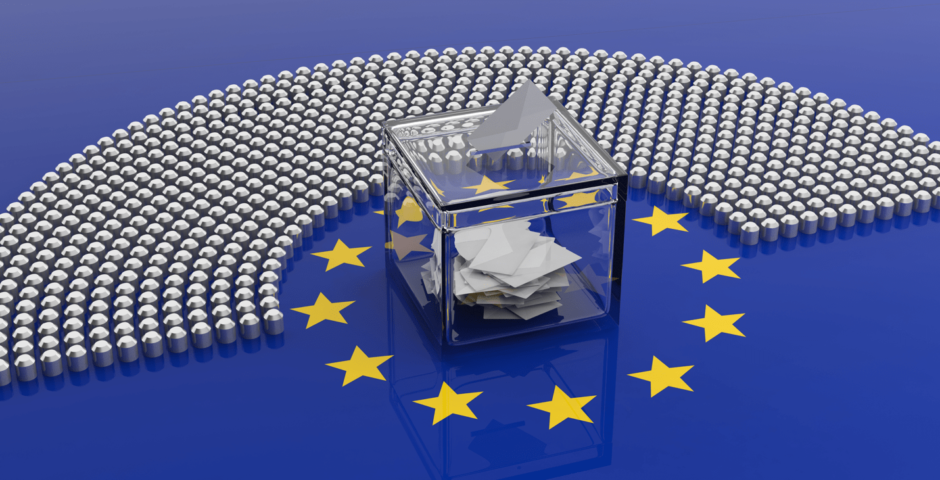
A look ahead to the European Parliament elections on 6 – 9 June.
In June 2024, the European Parliament elections will be held again. For the tenth time, citizens of the European Union Member States will elect the members of the European Parliament (EP). Although it still seems far away, European politicians are already starting to prepare for these elections. This preparation starts even though there are still national – parliamentary or presidential – elections in Finland, Portugal, Slovakia and Lithuania before the European elections. Nevertheless, at the European level, campaigns will be launched and lists compiled. Moreover, it needs to be decided whether, and if so, how Spitzenkandidaten will play a role in the upcoming elections. This first article in the series on the EP elections discusses what to expect in the run-up to the elections, what is at stake and how Spitzenkandidaten will affect the character of the campaign. It also discusses the expectations of the campaign period between now and the elections in June.
What can we vote for?
Since 1979, European citizens can vote every five years for the European Parliament. During the EP elections in 2024, a total of 720 seats will be divided. The number of seats European citizens vote for varies between the Member States. At this moment, Malta, Luxembourg and Cyprus have the fewest seats (6), and Germany has the most (96). The number of seats per Member State is determined based on ‘degressive proportionality’, meaning that a parliamentarian from a larger Member State represents more people than a parliamentarian from a smaller Member State.
At the European level, national parties unite in European groups. There are seven so-called European groups:
- European People’s Party (EPP),
- Progressive Alliance of Socialists and Democrats (S&D),
- Renew Europe (the successor to ALDE in the EP),
- Greens/European Free Alliance (two separate groups forming one group in the EP),
- European Conservatives and Reformists (ECR),
- Identity and Democracy (ID),
- The Left GUE/NGL.
Among others, the Dutch parties VVD and D66 and the French Renaissance are in Renew Europe; socialists – such as the Dutch PvdA and Spanish PSOE and PSC – unite in S&D; and the German parties CDU and CSU are in the EPP with, among others, the Dutch CDA and Irish Fine Gael. In addition, there are several non-attached members in the EP. A later article will discuss these groups and the role of the EP in more detail.
When can we vote?
European citizens can vote from 6 until 9 June. The elections will take place between Thursday and Sunday. Member States decide on which specific day they hold the elections in their respective Member States. For example, some Member States traditionally vote on Sunday, which will also be the case for the EP elections.
Who can vote for whom?
European eligible voters can vote for candidates of national parties from their home Member State. National rules regarding suffrage also apply in European elections. For example, in Belgium, Austria, Germany and Malta, citizens can vote from the age of 16 and in Greece from the age of 17, while the voting age in the other Member States is 18.
The lists for the European elections are not yet established. At this moment, it is still possible to register to be on the electoral lists for many parties. However, some parties have already announced their lead candidates, for example, Gerben-Jan Gerbrandy for the D66. Based on the applications of people who want to run for the elections, the other candidates on the list will be determined.
Why the Spitzenkandidaten procedure defines the campaign
The 2014 and 2019 elections featured the so-called Spitzenkandidaten procedure. Spitzenkandidaten are European ‘lead candidates. The European political groups jointly put forward one ‘lead candidate’ who, for example, participated in Spitzenkandidaten debates. Moreover, after the elections, the candidate from the largest group would become president of the European Commission. This way, citizens would also have a say on executive power in the EU, which is more in line with national politics.
In the 2014 elections, this principle was actually followed, and the candidate of the largest group (Jean-Claude Juncker, EPP) became president of the Commission after the elections. After the 2019 elections, however, it was not the Spitzenkandidat of the largest group (Manfred Weber, EPP) who became Commission President, but Ursula von der Leyen (EPP), who was not a Spitzenkandidat. The future and credibility of the Spitzenkandidaten procedure thus seems uncertain.
What the upcoming campaign will look like partially depends on how the Spitzenkandidaten procedure takes shape in these elections. Although this seemed uncertain for a long time, the largest EP groups have now agreed to again put forward a candidate. EPP, S&D, Renew, the Greens, European Free Alliance and the European Left have announced that they will nominate one or more Spitzenkandidaten. ECR and ID, on the other hand, have announced that they are not going to nominate Spitzenkandidaten.
Because of the Spitzenkandidaten, the campaign for the EP elections will have a European character, as opposed to a ‘European’ campaign between only national parties per Member State. Indeed, one candidate will in this case become the ‘face’ of a European group, and the national parties in these groups will support and emphasise this candidate. This can also be seen in the election debates. Since citizens can only vote for politicians from their own country, election debates are usually between national parties and their lead candidates. With the introduction of the Spitzenkandidaten, the debates thus took on a European character. A later article will further explain the Spitzenkandidaten procedure.
Timeline
Over the next few months, a lot will be done to draw attention to the elections. Below is an overview of what we can expect and when in the run-up to 6 – 9 June.
Ahead of the 2019 European elections, the Spitzenkandidaten were nominated in November, December, and January. It seems that the Spitzenkandidaten for the upcoming elections will be chosen later. To date, only EFA has nominated Spitzenkandidaten. The Greens have announced that they will elect their duo of Spitzenkandidaten at the electoral congress from 2 – 4 February 2024 in Lyon. S&D’s Spitzenkandidat will be elected in February or March and the EPP’s candidate will also be elected ‘early next year’.
After the Spitzenkandidaten are nominated, the other candidates will also be selected. This is expected two to three months before the elections. In the Netherlands, the ‘candidacy day’ is 23 April. Election manifestos will also be presented ahead of the elections. Although the focus usually lies on the national election manifestos which are announced shortly before the elections, several European parties have already mentioned some overarching key issues. ALDE, for example, stated at its annual party congress in Stockholm in May that ‘economy, climate change and security’ will be central to the ALDE campaign. The actual election manifestos are currently still being drafted by the various groups. The ALDE manifesto is expected to be published in early 2024. Likely, the other election manifestos will also be published around that time. The input of citizens will be taken into account as much as possible, for which several meetings have been organised across the EU.
In addition, the parties will of course campaign. Moreover, party leaders, be they European or national, will appear more often in the media, for example, in interviews. In previous elections, the European lead candidates also attended several meetings in EU Member States. They will likely do a similar election tour again. During an election tour, the European Spitzenkandidaten visit meetings in different Member States of, among others, national parties from the European group or speak at meetings related to their political ideas.
Furthermore, debates are part of the campaign. In 2014 and 2019, several Spitzenkandidaten debates were held before the elections and were broadcast live on television or radio. The first of these took place about a month before the elections. If the procedure is followed similarly this year as in 2014 and 2019, these debates will again take place shortly before the elections. Moreover, smaller debates were held in 2014 and 2019 in which not all Spitzenkandidaten participated, but, for example, two candidates debated. So, this too can be expected, regardless of whether all European groups nominate a Spitzenkandidat. In addition, the national lead candidates also debate. This is also expected to take place in the last month before the elections.
In short, from early 2024 on, the campaign for the European Parliament elections will take shape. In the last month(s) before the elections, we can follow debates and we will see the candidates more often in the media.
Mark 6 – 9 June 2024; the European elections in June 2024 will determine the direction of the EU for the next five years. Themes such as climate, migration, defence, security, and the influence of populism are just a few topics that are high on the political agenda. So, the stakes are high this election.
In the coming months up until the elections, Shaping Europe will keep you updated on both background information and new developments regarding the European Parliament elections.
Hanna Krijgsman van Spangenberg holds a master’s degree in Political Science from Vrije Universiteit Amsterdam and a bachelor’s degree in European Studies from the University of Amsterdam with a major in European history.
Image: Shutterstock

